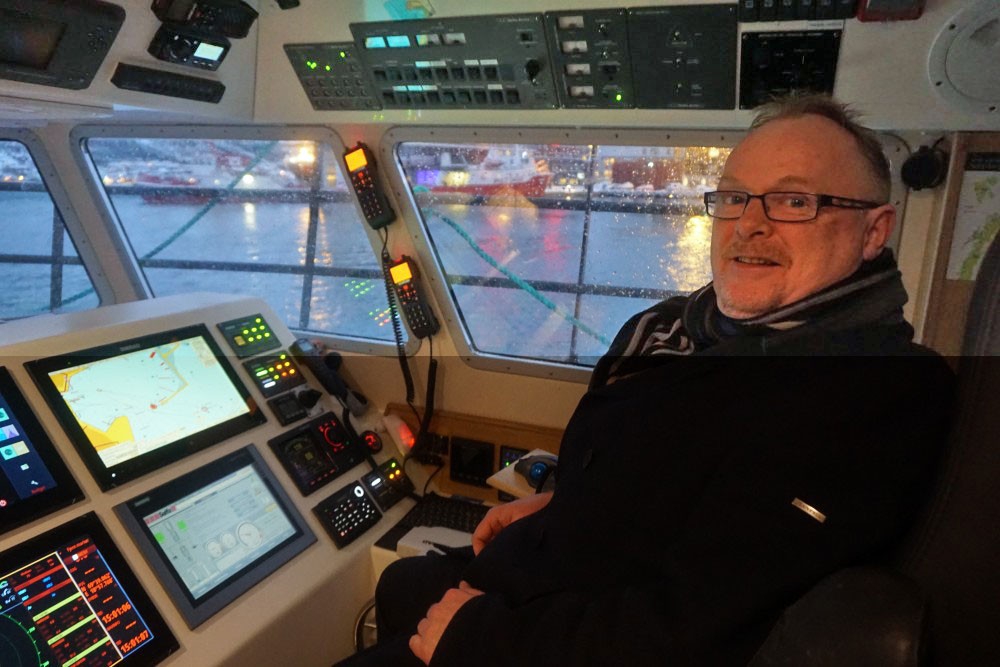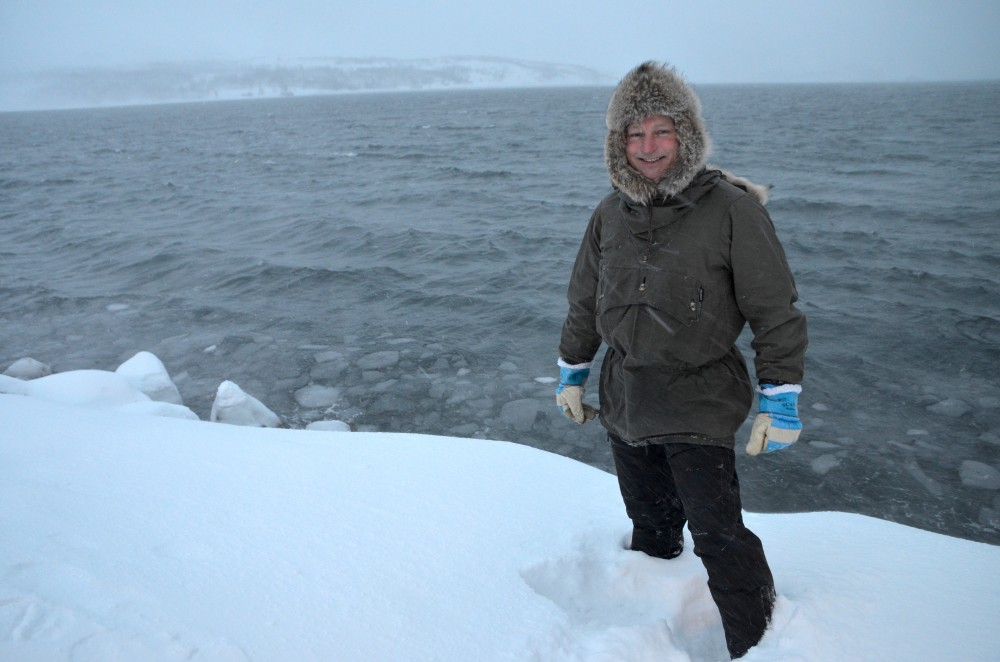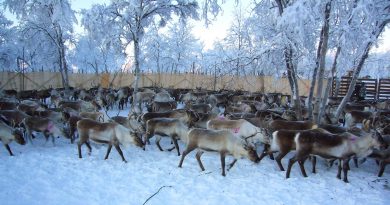More cooperation needed with Russia on aquaculture says Norwegian minister

Norway’s Minister of Fisheries Per Sandberg calls on more cooperation in border areas after a scandalous video shows how tons of dead and half-dead salmon were dumped on the coast of the Barents Sea.
The underwater video was first made public by Bloger51 in Murmansk. It shows a diver cutting loose the bottom of a cage net in one of the fish farms on the Kola coast. Location of the cage is not known, but fish farming areas are in Ura Guba and in the Pechenga fjord.
Commenting on the video, Norway’s Minister of Fisheries Per Sandberg says to the Barents Observer that more knowledge must be shared across the borders.
“It is said – and I believe it is true – that knowledge is one of the things that is enhanced if shared. It is important that we maintain our dialogue and cooperation between authorities, researchers and industry.” Sandberg says.
He underlines the importance of developing a sustainable aquaculture.
“Sustainable aquaculture production is a precondition for long-term development and growth. Russia and Norway have a common interest in ensuring responsible aquaculture development, and our bilateral dialogue on aquaculture matters is important to Norway.”
Norway has a 40-years history with fish farming, while salmon farming on Russia’s Arctic coastline is relatively new.
(Some 6 minutes from start, the video shows how the diver cut the net of the cage and dumps dead- and half-dead salmon to the sea.)
A view on Google Earth’s satellite images of the Pechenga fjord shows six locations with a total of 129 cages. Looking at the darker color inside the cages, it is reasonable to assume that the majority of them where packed with salmon. Until last winter, when the diseases started to kill the fish. The underwater video is likely from that period, but it is not known if it is filmed in Pechenga, Ura Bay or another location on the coast of the Kola Peninsula.
Environmentalists in both Norway and Russia were shocked by the dumping. A source quoted by Bloger51 said the cage held 150,000 salmons with a total weight of 750 tons.
Dmitry Ryabov with the Barents department of WWF-Russia writes in an e-mail to the Barents Observer that what is shown in the video deserves the most severe legal assessment and subsequent actions by the authorities.
“This very clearly demonstrates the scale of the environmental threats from aquaculture cages and calls once again to reflect on the responsibility we have for the fragile nature of the Russian Arctic,” Ryabov says.
Wild salmon threatened

Arne Liaklev with Naturvernforbundet (Friends of the Earth Norway) in Finnmark is not at all surprised.
“This case from Kola does not surprise me. Conditions for the salmon industry along the coast of Norway is not much better,” he says.
Liaklev is afraid of consequences for wild salmon.
“It will be a disaster for wild salmon stocks if we get more fish farming in Finnmark. When we see how disease-salmon and waste are treated on the Russian side, we see that rivers and fjords are threatened from both sides.”
Cooperation in cross-border areas
Minister Per Sandberg says Norway and Russia meet at several arenas to discuss aquaculture issues.
“There is already cooperation regarding aquaculture trough The Joint Norwegian-Russian Fisheries Commission. Furthermore, researchers from The Norwegian Institute of Marine Research and the University in Tromsø collaborate with their Russian colleagues, and the Norwegian Veterinary Institute cooperate with the Russian veterinary services regarding diagnostics. The dialogue between the Norwegian Food Safety Authorities and Russian veterinary authorities is also crucial.” Sandberg says.
Finnmark county and Murmansk Oblast has a working group that have a special focus on aquaculture industry in cross-border areas.
“All these platforms provide excellent opportunities to exchange information, experiences, know-how and scientific findings,” Per Sandberg tells.
Related stories from around the North:
Canada: The return of the Arctic Five, Blog by Heather Exner-Pirot
Greenland: Arctic countries ban fishing around North Pole, Alaska Dispatch News
Iceland: Iceland blasts Arctic Five for exclusion from fishing agreement, Eye on the Arctic
Norway: Russian salmon infection no threat to Norway, The Independent Barents Observer
Russia: Massive death in Russian salmon farms, The Independent Barents Observer
United States: Alaska: Fisheries board member cited for violating fishery closure, Alaska Dispatch News



